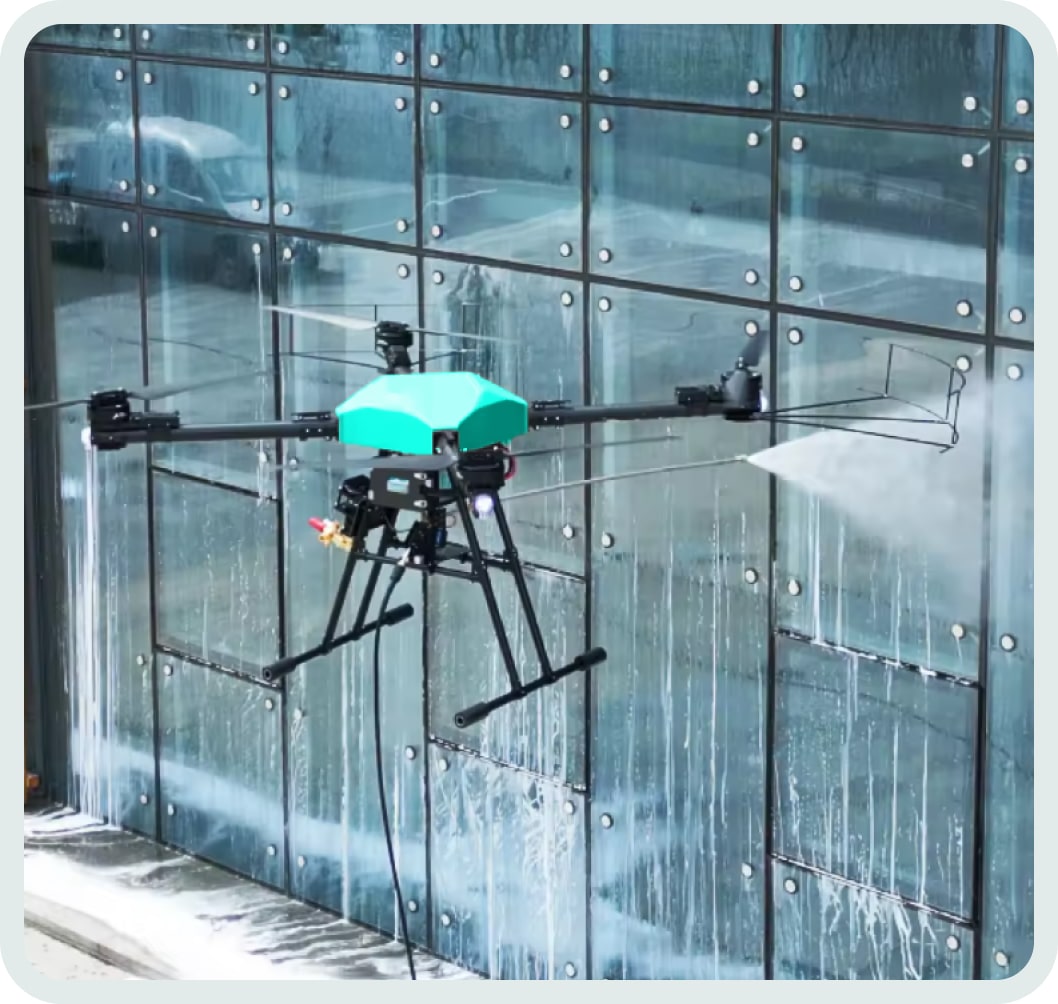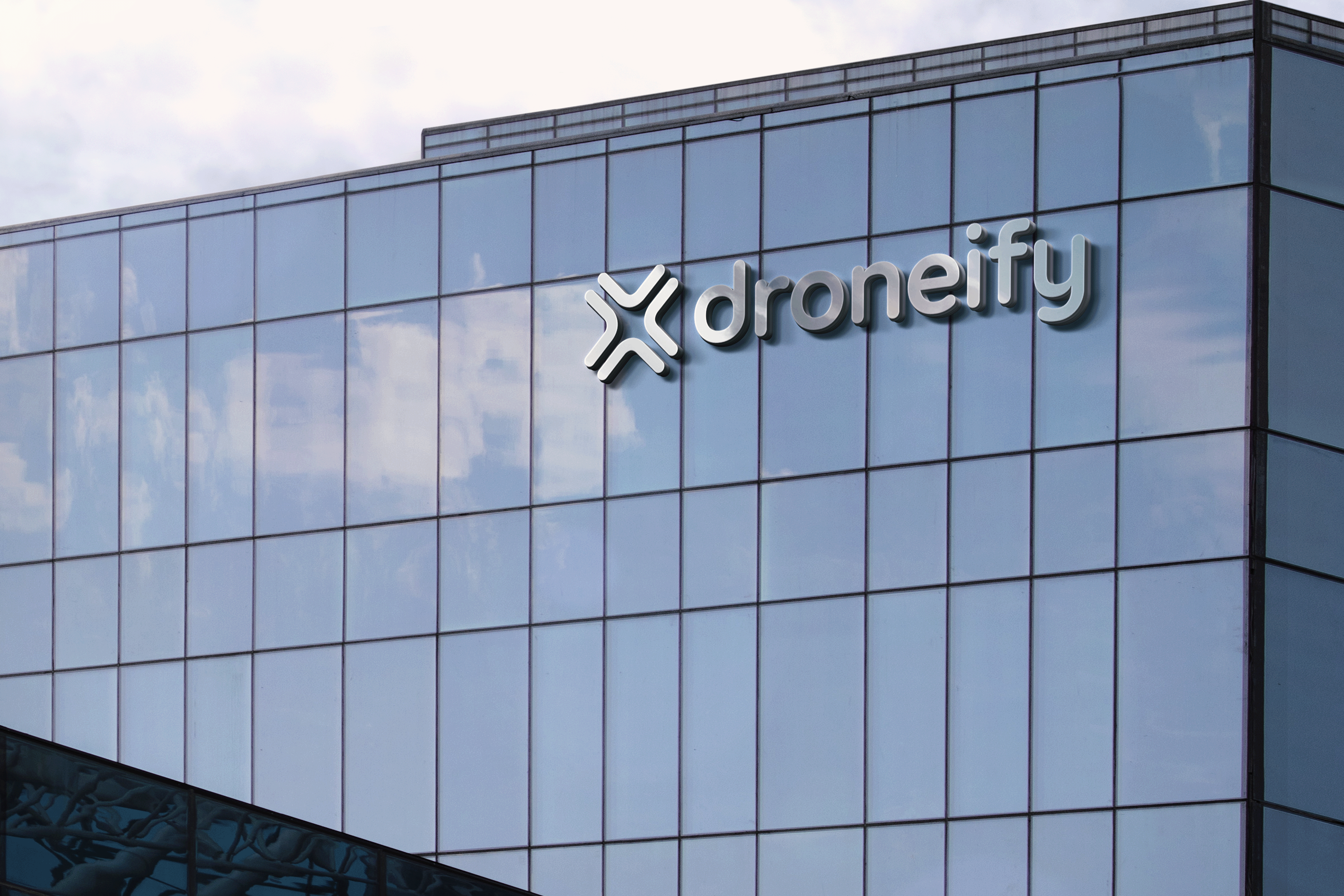With the recent election of Donald Trump as the next President of the United States, industries across the board are bracing for potential shifts in policy, regulations, and business dynamics. The drone services industry, in particular, stands at a crossroads, with both challenges and opportunities on the horizon. From regulatory changes to new potential markets, here’s a closer look at how Trump’s leadership could shape the future of drones.
Regulatory Changes: A Mixed Bag for Drone Operations
One of the most significant influences any administration has on the drone industry is through regulatory bodies like the Federal Aviation Administration (FAA). Trump’s previous stance on reducing governmental oversight suggests he may advocate for deregulation, which could lower operational barriers for drone companies. Looser regulations could mean faster approval processes and fewer restrictions on flight operations, leading to more flexibility for drone service providers.
However, reduced oversight may also lead to increased safety risks. As companies push the boundaries of what’s possible with drone technology, a lack of structured guidelines could result in higher incidents, potentially harming the industry’s reputation. The challenge for the Trump administration will be to balance innovation with safety, ensuring that drones remain a trusted tool for commercial and industrial applications.

Potential Growth in Infrastructure and Security-Related Services
Trump has consistently emphasized a commitment to revitalizing U.S. infrastructure. The drone industry stands to benefit from increased government spending on construction, maintenance, and infrastructure projects. Drones can provide valuable services such as site inspections, progress monitoring, and even surveying, making them a cost-effective choice for large-scale infrastructure projects. This renewed focus could expand the demand for drone services in construction, telecommunications, and real estate, creating more opportunities for drone companies.
In addition, with a focus on border security and public safety, Trump may encourage the use of drones for surveillance and monitoring. Increased government spending on security and defense-related projects could lead to substantial contracts for drone companies involved in these sectors, potentially driving rapid growth and innovation in drone technology and usage.
Impacts on International Trade and Technology
On the global stage, Trump’s stance on trade and manufacturing could influence the drone services industry’s supply chain. If tariffs are placed on imported drone parts or technology, the cost of manufacturing and maintaining drones may increase, impacting profitability. This could particularly affect smaller companies or startups, which rely on affordable parts and technology from global suppliers.
However, there’s also a chance that Trump’s emphasis on strengthening domestic manufacturing could spur growth in U.S.-based drone production. This shift could ultimately lead to an increase in American-made drone technology, which might drive up quality standards while potentially reducing reliance on international suppliers.
Workforce and Job Creation
The Trump administration’s focus on job creation could boost training and employment initiatives within the drone sector. By encouraging vocational and technical education programs that support drone operation and maintenance, the administration could foster a skilled workforce prepared to meet the growing demand for drone services. This would not only strengthen the industry but also create pathways for American workers to enter the field.
Final Thoughts
While there are uncertainties surrounding how Trump’s presidency will directly affect the drone services industry, several possibilities stand out. Deregulation may streamline operations, while infrastructure spending and a focus on security could open up new markets for drone companies. Challenges around trade and manufacturing may require industry adaptation, yet there are also opportunities for growth in domestic production and job creation.
As the industry navigates this new political landscape, drone companies that stay flexible and ready to capitalize on emerging opportunities will likely see the most success. Whatever changes come, it’s clear that the next few years could shape the future of drone services in unexpected and exciting ways.










